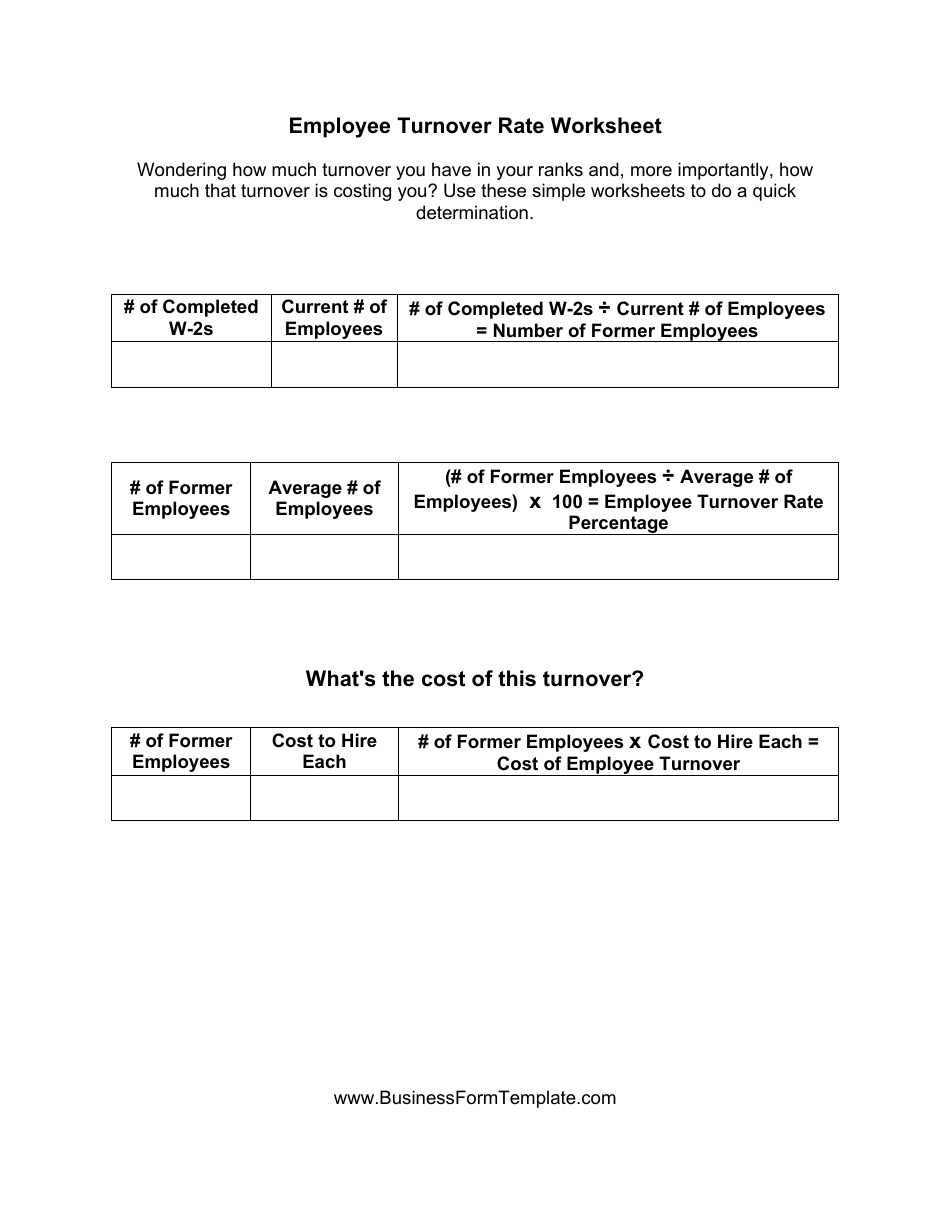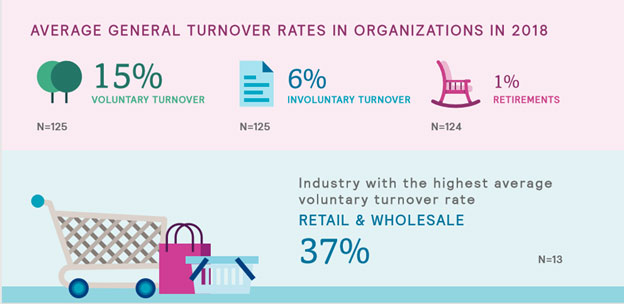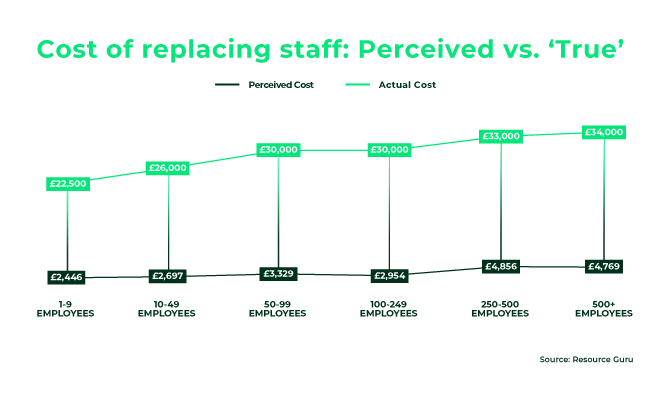

Strong employment numbers imply that the labor pool available to organizations to replace staff members who leave is diminishing.

As a result, most were able to shed light on the top reasons for their voluntary turnover, providing many insights in the process.įifty-four percent of employees voluntarily leaving organizations were Millennials/Generation Y (born 1978-1998), with better job opportunity being the most common reason for leaving. Sixty-three percent of organizations responded that they keep track of the reasons why their employees left. Leading causes of workforce turnover in the US The Northeast region had the lowest total separation rate at 20.8%.The South Central region had the highest total separation rate at 43.2%.

The national average for total separations was 20.1%.The following findings highlight which regions boasted the highest and lowest total employee separation: The US employee turnover trends by regionĮmployee turnover rate data was segmented to reflect various geographic areas to determine separation trends or patterns at a regional level. The retail and wholesale industry saw the highest average voluntary turnover rate. US companies had an average turnover rate of 22%* throughout the survey period regarding total separations, which is the combined number of voluntary separations, involuntary separations, and retirement-based separations. Meanwhile, for the organizations who reported a decrease in employees, the average decrease in full-time equivalents was -4.2%. 63% of American organizations indicated a total headcount increase throughout the survey period.įor the majority of organizations who reported an increase in employees, the average increase in full-time equivalents was 5.7%, with similar numbers reported for headcount increases.53% of American organizations indicated an increase in full-time equivalents during the survey period.This salary period was one of consistent workforce growth, with more than half of all organizations throughout the US indicating an increase of full-time equivalents and total headcount. Survey participants were asked to provide numerical data regarding their full-time equivalents and total organizational headcounts. Organizational turnover insights for the USįull-time equivalent and total headcount trends With these insights, get a head start on your competition - see what’s happening throughout top organizations regarding staffing and workforce retention issues, explore employee turnover rates by industry and location, understand common reasons for voluntary turnover, and much more. The 2019 US Mercer Turnover Survey and the Canada Mercer Turnover Survey will will give you a comprehensive overview of some of the most prominent workforce trends among the North American organizations who participated in them. With all of these factors at play, the only way to truly reinforce your talent retention strategy is by being prepared - and the best way to be prepared is to be informed. North American workforce turnover is often inevitable, unpredictable, and comes in many forms, making it difficult to anticipate. Not only that, but it’s also one of the fundamental components of short- and long-term organizational success, regardless of your industry or location. As an HR professional, you know that managing various types of employee turnover is an essential part of your annual strategy.


 0 kommentar(er)
0 kommentar(er)
